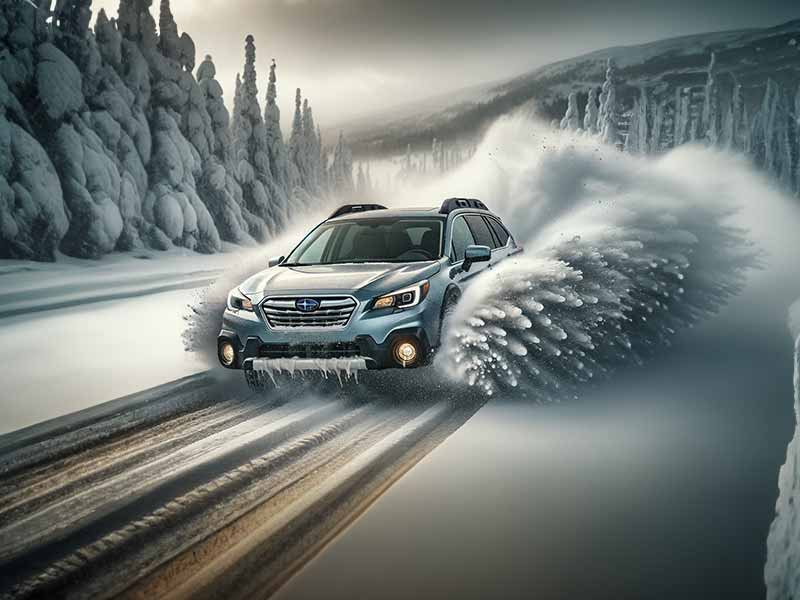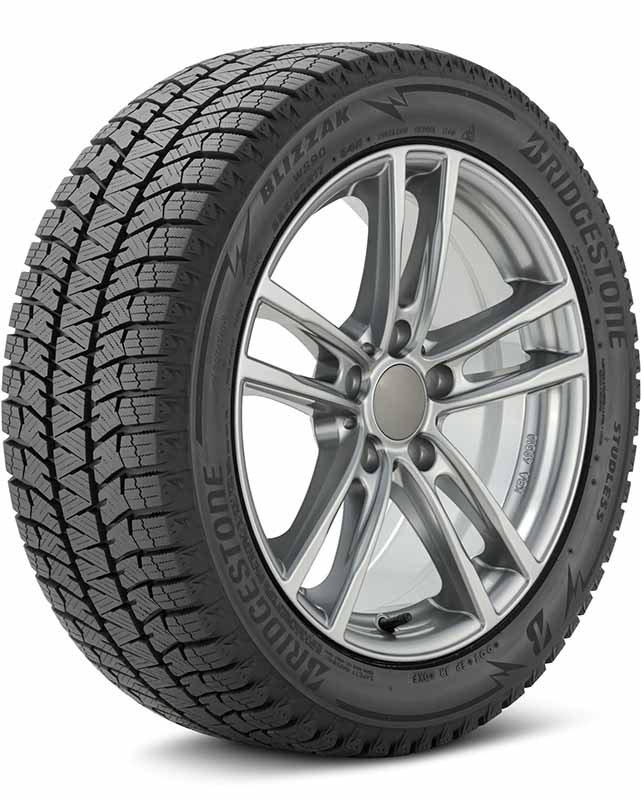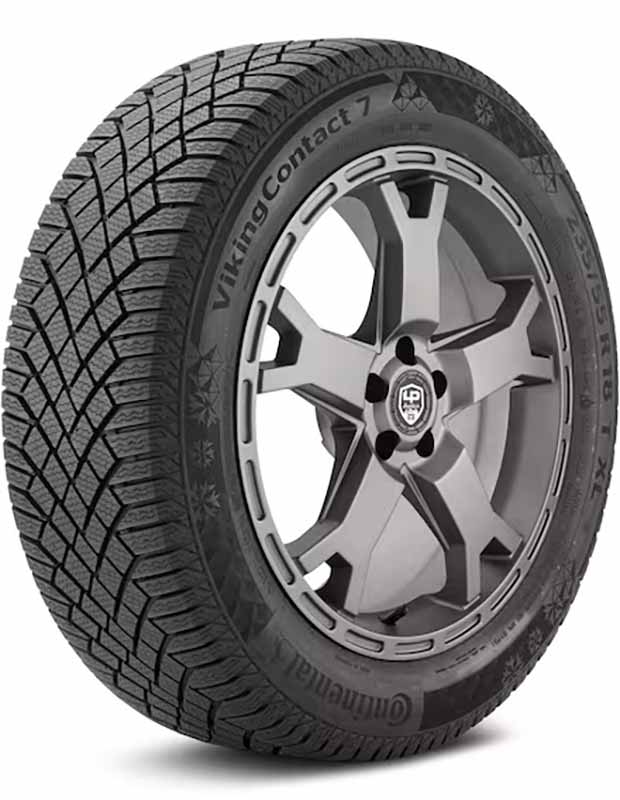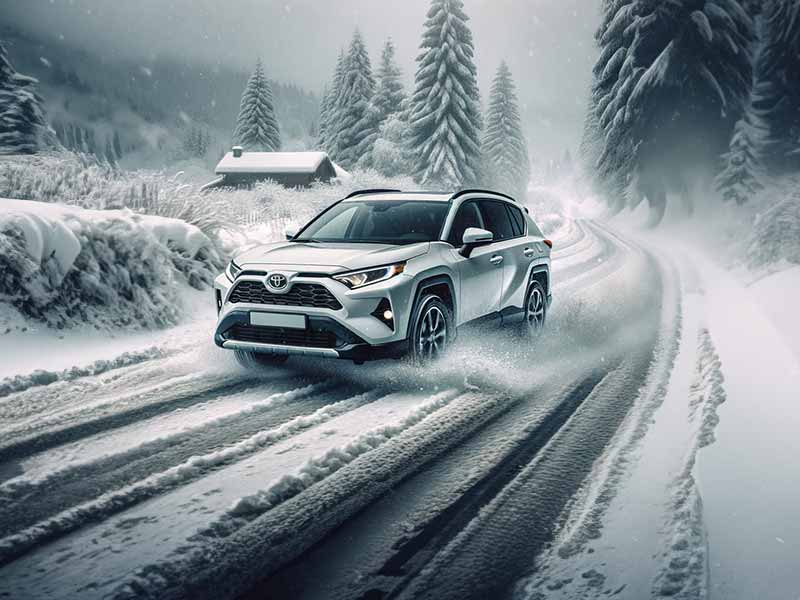The Bridgestone Blizzak WS90 and Continental VikingContact 7 are both top contenders in the winter tire market, but they cater to slightly different needs. Which one should you trust to keep you safe on the icy roads?
The Bridgestone Blizzak WS90 offers superior performance in deep snow and ice conditions, making it ideal for harsh winter climates, while the Continental VikingContact 7 excels in ride comfort and handling in lighter winter conditions.
In this article, we compare the Bridgestone Blizzak WS90 and the Continental VikingContact 7, providing insights into their performance in various winter conditions, discussing their pros and cons, and exploring other competitive options in the winter tire market.
Bridgestone Blizzak WS90
Customer Rating
Overall Rating
8.8 of 10
Wet Weather
9.1 of 10
Winter Weather
9.2 of 10
Tread Wear
8.4 of 10
Dry Weather
8.8 of 10
Ride Comfort
8.5 of 10
UTQG
Uniform Tire Quality Grade
UTQG Treadwear Rating: N/A
UTQG Traction Rating: N/A
UTQG Temperature Rating: N/A
Mileage Warranty
None
Find The Best Price
Key Performance Metrics
Hydroplaning: 9.1 of 10
Wet Grip: 9.1 of 10
Cornering: 8.7 of 10
Dry Grip: 9.0 of 10
Responsiveness: 8.7 of 10
Mild Snow Grip: 9.6
Heavy Snow Grip: 9.3
Ice Grip: 8.9
Comfort Level: 8.9 of 10
Road Noise: 8.2 of 10
The Bridgestone Blizzak WS90 stands as a formidable contender in the world of winter tires, designed for passenger cars that demand superior grip and stability in adverse weather conditions. This tire is celebrated for its robust performance across various metrics, which include wet, dry, and snow conditions. Let’s delve into what these performance scores really mean and discuss both the advantages and limitations of choosing the WS90 for your winter driving needs.
Performance Breakdown
- Wet Conditions: The WS90 scores an impressive 9.1 in both hydroplaning resistance and wet traction. This indicates that the tire is highly capable of maintaining contact with the road and providing stable handling in rainy and slushy conditions.
- Dry Conditions: With a total score of 8.8 in dry conditions, this tire offers solid performance. It scores 8.7 in both corner stability and dry traction, which means it can handle everyday driving scenarios with ease. The steering response is rated at 8.9, pointing to its responsive nature in avoiding obstacles and making sharp maneuvers.
- Winter/Snow Conditions: The tire shines in this category with a score of 9.2, excelling particularly in light snow traction (9.6) and deep snow traction (9.3). Its ice traction score of 8.9 is also notable, ensuring reliable performance even on icy roads.
- Comfort: Achieving an 8.5 in overall comfort, the WS90 promises a fairly smooth ride. It scores 8.9 in ride quality, absorbing most bumps and irregularities with ease. However, it falls a bit short on noise level with an 8.2, suggesting that it may not be the quietest tire on the market.
- Treadwear: The tire receives an 8.4 for treadwear, indicating decent durability and a reasonable lifespan under typical winter driving conditions.
Pros
- Excellent traction in both light and deep snow, making it a reliable option for regions experiencing severe winter conditions.
- Strong performance in wet conditions helps in reducing the risk of hydroplaning.
- Good ride quality enhances driving comfort during long winter journeys.
Cons
- Slightly lower score on noise levels might not appeal to drivers who are particularly sensitive to tire noise.
- While offering good durability, there are other tires in the market that may offer longer tread life.
Continental VikingContact 7
Customer Rating
Overall Rating
8.7 of 10
Wet Weather
8.7 of 10
Winter Weather
8.7 of 10
Tread Wear
8.5 of 10
Dry Weather
8.6 of 10
Ride Comfort
8.9 of 10
UTQG
Uniform Tire Quality Grade
UTQG Treadwear Rating: N/A
UTQG Traction Rating: N/A
UTQG Temperature Rating: N/A
Mileage Warranty
None
Find The Best Price
Key Performance Metrics
Hydroplaning: 8.6 of 10
Wet Grip: 8.7 of 10
Cornering: 8.6 of 10
Dry Grip: 8.8 of 10
Responsiveness: 8.6 of 10
Mild Snow Grip: 9.1
Heavy Snow Grip: 8.8
Ice Grip: 8.4
Comfort Level: 9.0 of 10
Road Noise: 8.7 of 10
The Continental VikingContact 7 is another top performer in the arena of winter tires, tailored for passenger vehicles that require high-level traction and control in cold weather conditions. This tire is engineered to handle icy, snowy, and wet roads with competence. Below, we’ll break down its performance metrics to better understand its capabilities and to highlight its advantages and drawbacks.
Performance Breakdown
- Wet Conditions: The VikingContact 7 achieves a score of 8.7 in wet conditions, matching its ratings for hydroplaning resistance and wet traction. This suggests that the tire performs well in maintaining grip and stability on rain-soaked roads, though it slightly trails behind the Blizzak WS90 in this category.
- Dry Conditions: In dry conditions, this tire scores an overall 8.6. It provides good corner stability and dry traction (both rated at 8.8), ensuring that the tire performs reliably during everyday driving in colder, dry weather. The steering response, at 8.5, is competent, though it may not feel as ‘tight’ as some higher-rated competitors.
- Winter/Snow Conditions: With a total score of 8.8 in winter conditions, the VikingContact 7 performs well, particularly in light snow, where it scores a 9.2. However, its performance in deep snow traction and ice traction at 8.8 and 8.4, respectively, shows that while reliable, it might not match the Blizzak WS90 in more extreme conditions.
- Comfort: Scoring 8.9 in comfort, the VikingContact 7 excels, particularly in ride quality, which is rated at 9.1. This makes it one of the more comfortable options for winter tires, mitigating road vibrations and bumps effectively. Noise levels are reasonable at 8.7, making it quieter than the Blizzak WS90.
- Treadwear: With a treadwear rating of 8.5, this tire promises good durability and lifespan, aligning closely with industry standards for winter tires.
Pros
- Outstanding comfort and ride quality, providing a smoother and quieter ride compared to many competitors.
- Solid performance in light snow, making it a dependable choice for areas with moderate winter conditions.
- Consistent handling and grip in both wet and dry conditions.
Cons
- Ice traction and deep snow performance are good but do not reach the high marks set by some rivals, which could be a concern in regions with severe winter weather.
- Steering response may not be as crisp as some drivers prefer, especially those used to more aggressive handling tires.
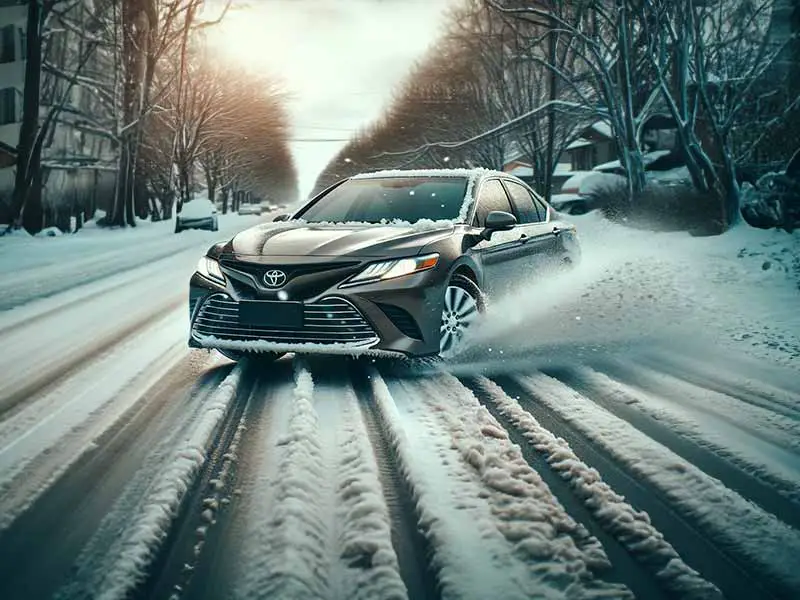
Comparative Analysis
In this section, we’ll dive into a detailed comparison between the Bridgestone Blizzak WS90 and the Continental VikingContact 7. By examining their performance across different conditions and identifying key differences, we aim to help you determine which tire might be the better choice for your specific driving needs.
Performance in Various Conditions
Wet Conditions
- Bridgestone Blizzak WS90: Excels in wet conditions with a score of 9.1, indicating excellent hydroplaning resistance and wet traction. This tire is likely to offer superior confidence and control on slushy or rainy winter roads.
- Continental VikingContact 7: Scores slightly lower at 8.7 in both hydroplaning resistance and wet traction. While still reliable, it offers marginally less protection against hydroplaning compared to the Blizzak WS90.
Dry Conditions
- Bridgestone Blizzak WS90: Achieves a robust 8.8 score, with particularly good marks for steering response, suggesting it reacts well to driver inputs even in cold, dry conditions.
- Continental VikingContact 7: With an overall score of 8.6 in dry conditions, this tire provides stable and dependable performance but doesn’t respond as sharply as the WS90.
Winter/Snow Conditions
- Bridgestone Blizzak WS90: Shines in this crucial category with a total score of 9.2, including outstanding performance in light (9.6) and deep snow (9.3). Its ice traction at 8.9 also makes it highly effective in icy conditions.
- Continental VikingContact 7: While it scores well in light snow at 9.2, its deep snow (8.8) and ice traction (8.4) are slightly lower, indicating it may struggle more in severe snow and ice scenarios.
Comfort and Treadwear
- Ride Quality and Noise:
- The Blizzak WS90 has a decent ride quality score of 8.9 but falls short in noise reduction with an 8.2.
- The VikingContact 7, on the other hand, boasts a higher ride quality score of 9.1 and a noise level of 8.7, making it a quieter and more comfortable option for regular use.
- Treadwear:
- Both tires have similar treadwear ratings, with the Blizzak WS90 at 8.4 and the VikingContact 7 slightly higher at 8.5, suggesting comparable durability.
Pros and Cons Summary
- Bridgestone Blizzak WS90:
- Pros: Superior snow and ice traction, excellent wet performance.
- Cons: Slightly noisier, and the ride could be smoother.
- Continental VikingContact 7:
- Pros: Great comfort and quieter operation, very good in light snow.
- Cons: Less effective in extreme snow and ice conditions, slightly less responsive steering.
Decision Making Tips
When choosing between the Blizzak WS90 and the VikingContact 7, consider the following factors:
- Climate: If you live in an area with frequent heavy snowfall and icy roads, the Blizzak WS90’s superior winter traction may be the deciding factor.
- Comfort Preference: For those who prioritize a quieter and more comfortable driving experience, especially in urban settings with moderate winter conditions, the VikingContact 7 may be the better choice.
- Driving Style: Consider how the tire’s handling characteristics align with your driving habits. The WS90 offers better responsiveness, which might be preferable for more dynamic driving.
Competitive Considerations
It’s also worthwhile to compare these tires to other competitors like the Michelin X-Ice Snow, Goodyear WinterCommand Ultra, and Nokian Hakkapeliitta R3. Each of these alternatives has its unique strengths, particularly in specialized conditions like ice traction or comfort, further broadening your options based on specific needs.
Other Competitors in the Winter Tire Market
When considering winter tires, the Bridgestone Blizzak WS90 and the Continental VikingContact 7 are not the only options. Several other models from reputable brands compete fiercely in this segment. This section will explore some of these alternatives, focusing on their unique features, strengths, and how they compare to our primary contenders.
Michelin X-Ice Snow
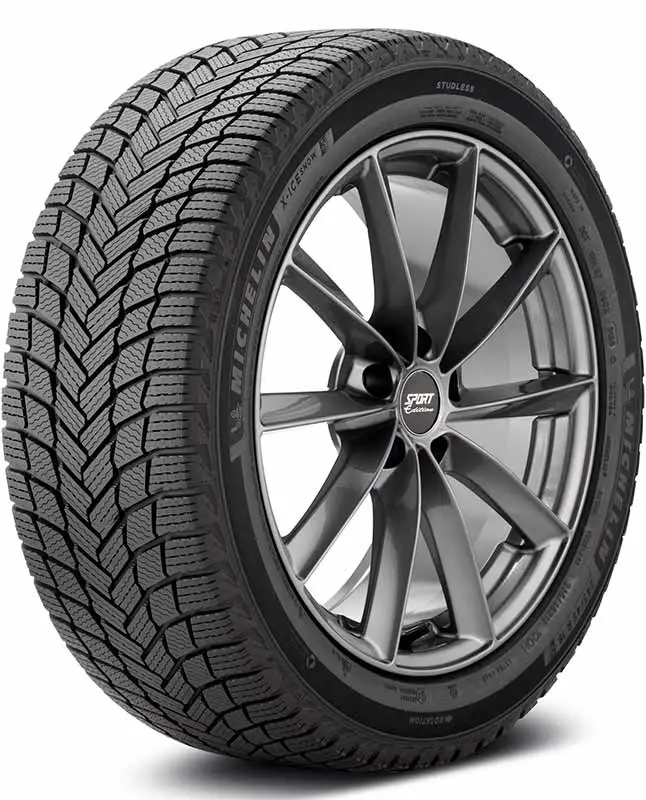
Key Features and Performance
- Wet Conditions: Scores an overall 8.8 with specific strengths in hydroplaning resistance (8.7) and wet traction (8.8), making it a reliable option for slushy conditions.
- Dry Conditions: Posts a solid 8.7 overall, with a balanced performance in corner stability (8.5) and dry traction (8.8), though it might not handle as crisply as some of the top contenders.
- Winter/Snow Conditions: Very capable in snow with an overall score of 9.0, which includes good marks in light snow (9.3) and ice traction (8.7).
- Comfort and Treadwear: Offers a comfortable ride with a score of 8.8 and excellent ride quality (9.0). Treadwear is also competitive at 8.8, suggesting longevity and durability.
Comparative Strengths
- The X-Ice Snow stands out for its balance between performance and comfort, making it an excellent all-rounder in the winter tire category.
Goodyear WinterCommand Ultra
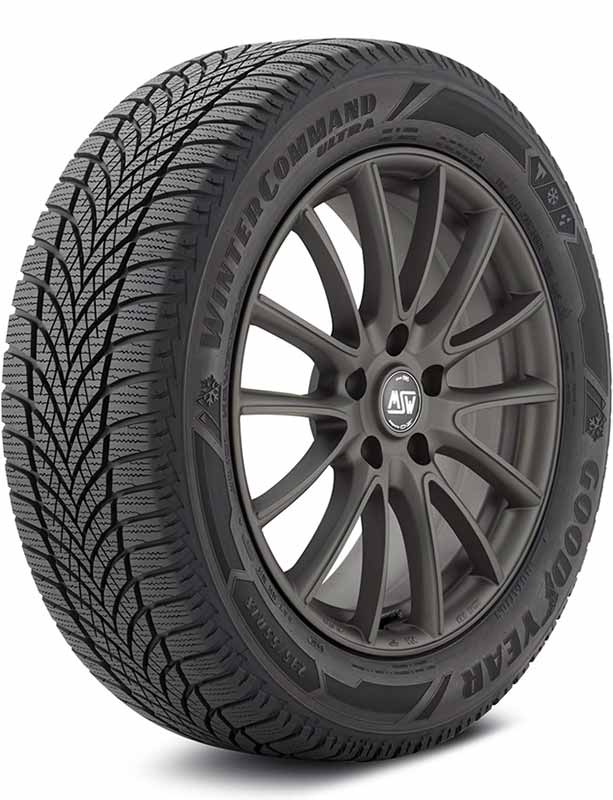
Key Features and Performance
- Wet Conditions: Achieves an 8.9, demonstrating excellent hydroplaning resistance and wet traction, slightly outperforming the VikingContact 7.
- Dry Conditions: Scores 8.7 overall, with consistent marks across dry traction and steering response.
- Winter/Snow Conditions: Notable performance in light snow (9.3) but somewhat less impressive in ice traction (8.7).
- Comfort and Treadwear: The ride quality is rated at 8.7, and noise levels are decent at 8.3. Treadwear is rated at 8.4, aligning it closely with the WS90.
Comparative Strengths
- Known for its robust handling in wet conditions and reliable performance in snow, making it a strong competitor for those in wetter climates.
Nokian Hakkapeliitta R3
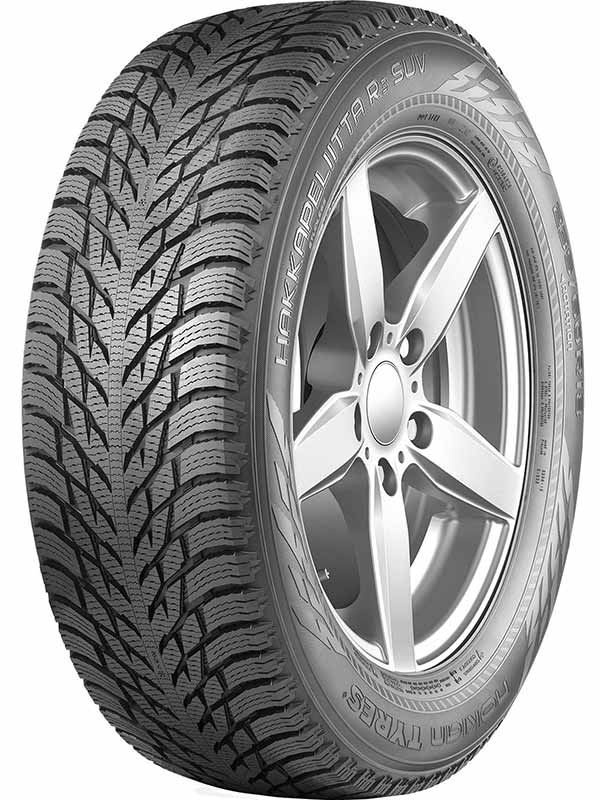
Key Features and Performance
- Wet Conditions: Offers a unique mix with an 8.8 overall and an exceptional hydroplaning resistance score of 9.5, but lower wet traction at 8.0.
- Dry Conditions: This tire’s weakest area with a low score of 7.1, indicating less confidence in non-winter conditions.
- Winter/Snow Conditions: Excels in snow and ice with an overall 9.4, including top marks for light snow traction (9.8) and deep snow traction (9.5).
- Comfort and Treadwear: Scores well in comfort (8.8) with high ride quality (9.0). Treadwear is somewhat lower at 8.0, suggesting it may wear faster than some competitors.
Comparative Strengths
- The Hakkapeliitta R3 is a specialist in severe winter conditions, offering exceptional ice and snow traction, ideal for those in regions facing harsh winters.
When comparing these alternatives:
- Climate Suitability: Match the tire’s strengths to your local climate—whether you need better hydroplaning resistance, ice traction, or all-around performance.
- Driving Conditions: Consider the typical road conditions during winter in your area. If dry performance is also crucial due to fluctuating winter conditions, some models may be more suitable than others.
- Budget and Preferences: Finally, balance your budget with your preferences for comfort and noise, as these can greatly affect your daily driving experience.
Resources
Below are some links you may find helpful when learning about tires:
Final Thoughts
Choosing the right winter tire depends significantly on the specific conditions you face and your driving habits. The Bridgestone Blizzak WS90 is your best bet for navigating through severe snow and ice, offering unmatched traction and stability. On the other hand, the Continental VikingContact 7 might be the preferable choice for those prioritizing comfort and a quieter ride in less extreme winter conditions. It’s crucial to weigh these aspects along with tread life and price to find the tire that fits your winter driving needs best.
Good luck and happy motoring.
